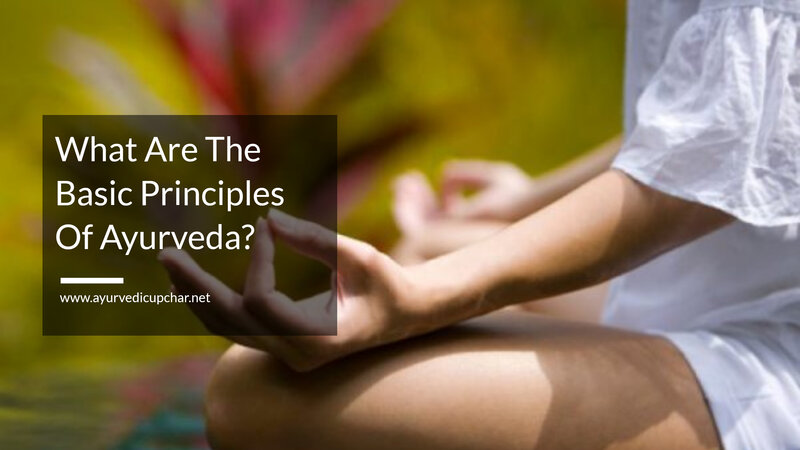What Are The Basic Principles Of Ayurveda?
 Ayurveda is considered the oldest holistic medicine in the world, its therapeutic practice has exported its great principles to all continents and has continued for almost 5000 years to attract more and more people.
Ayurveda is considered the oldest holistic medicine in the world, its therapeutic practice has exported its great principles to all continents and has continued for almost 5000 years to attract more and more people.
More than a healing method, this traditional Indian method has become a philosophy for many in their life. But many people do not know what principles is it based on. we will learn what are the basic principles of Ayurveda.
The principle of the five elements
To understand the very foundations of Ayurvedic medicine, one must begin by understanding the meaning of this word. In Sanskrit, the terminology “Ayurveda” breaks down into two words – “Ayur” and “Veda” – which translate literally into “life” and “science”.
Ayurveda is therefore a science of life. Based on this founding principle, this traditional medicine places the human being as an element of the universe in the same way as the five following elements: air, fire, space, water, and earth.
Called “Pach mahabhuta”, means 5 elements, these elements are made up of energies across the human body, but to varying degrees depending on the individual. It is these differences and the many possible interactions between these five elements that shape the deep nature of each living being.
The principle of three doshas
Depending on the individual, the five elements, or mahabhuta, can be combined in different ways. These associations are divided into three broad categories called “doshas” or “moods”. These three fundamental forces, or tridoshas, determine Prakruti, that is, the constitution of each one of us.
Thus, space, associated with the air, constitutes Vata. This force regulates the metabolism and the different biological functions such as breathing or heart rate.
Pitta is composed of the fire element. It mainly concerns the digestive system and physical energy. Finally, water and land make up the Kapha dosha. This serves essentially to connect the body elements between them.
Diagnostic methods
According to Ayurvedic traditional medicine, pathologies are caused by an imbalance between the three doshas. To determine the causes of an excess or a deficiency of one of these fundamental forces, the practitioner will question his patient about his lifestyle or his environment.
Then he will take his pulse and carefully examine his entire body to establish his diagnosis. It even happens to detect an imbalance that has not yet been expressed in the form of an illness. The prophylactic dimension occupies an important place within this ancestral practice.
Ayurvedic treatment
At the end of a precise diagnosis, the Ayurvedic doctor sets up an adapted and individualized treatment which is articulated around four main stages:
- Shodan (detoxification): it consists of the purification of the body to rid it of toxins.
- The Shaman (attenuation): this step aims to rebalance the doshas by practicing fasting, yoga, singing, or meditation.
- Rasayana (rejuvenation): it aims to tone the body through the ingestion of herbs, minerals, and exercise.
- Satvajaya (Hygiene and Mental Healing): It helps to elevate spirituality in order to drive the energy flows in the body and free the mind. This involves initiation to mantras, yantras, and tantras.
Ayurvedic massage
Very practiced in India, the message is as much of a therapeutic method as of the daily hygiene of life. This manual technique is mainly aimed at restoring the equilibrium between doshas by acting mainly on Vata and Kapha.
This type of massage helps to relieve muscle tension and nervous blockages so as to promote better blood and lymphatic circulation. To achieve this, the Ayurvedic massager exerts pressure and touch on the entire body, although it may, in some cases, focus on a single region.























